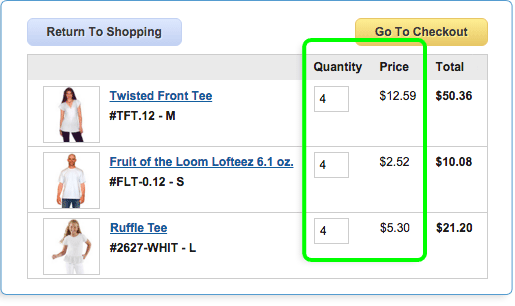Pomegranate Peels are the leathery skins and seeds of pomegranate fruit and although they are not normally eaten, are high in tannin and super useful as a natural dye. Pomegranate (Punica Granatum), is also known as anaar in India and granada in Spain. It grows wild in India, Italy, North Africa and China and is used in Ayurvedic remedies. Pomegranate is an aromatic dye that yields a green-yellow color and shifts to olive and dark gray with iron. Pomegranate is used as both a tannin-rich mordant in India, and also as a dye. Our pomegranate peels are ground up, dried pieces of the outside peel.
*If you are using whole pomegranate peels, wrap the chunks in a tea towel or heavy paper bag and pound them with a hammer to break up the large chunks. You can also use a mortar and pestle to grind the skins into a coarse powder. Simmer the peels in enough hot water to cover them for about 45-60 minutes. You can let the solution cool over night, or strain the peels reserving the liquid, which is your dye bath and use immediately.
To use pomegranate as a mordant, prepare the peels at 30% wof and soak fabric in the pomegranate liquid solution for at least an hour or overnight. Remove from the solution and proceed to dyeing. To use pomegranate to make grays, dye fabric with pomegranate at 10-20% wof. You may also mordant with aluminum potassium sulfate or with aluminum acetate if desired. Used 0.25-1.00% iron wof in the dye bath or as a post bath. Alternatively, mordant fabric with iron and then dye in a pomegranate bath.
**The dyed fabrics pictured above are two different silks, a cotton jersey, a woven cotton, and a cotton linen blend. Everything was dyed at 100% WOF.**
Made in: INDIA (IN)
How To Use Natural Dyes
Dharma used a simple recipe to get these great colors with our natural dyes so you can have a reference for the colors they will give.
Keep in mind there are many recipes and mordants that will yield a wide range of colors and shades from each dye material, so consult a natural dye book for more on this. We carry Wild Color: Revised and Updated Edition.
Indigo is in a class by itself, so a different recipe is used, also available on our website.
For the deepest colors, use a ratio of 1 to 1 dyestuff to fabric, or 2 oz dye to 2 oz fabric, but you can still get good colors using much less dye. We used about 3-4 tablespoons per yard of fabric. Cochineal is an exception as it is very concentrated, so use only about a 20% ratio. The dyebaths can be re-used to get lighter shades. Experimentation is the best way to determine the right amount of dye for the type of fabric you are using and the color. We found the silk and velvet absorbed the colors the deepest. Some cottons will yield different and deeper shades using Tara Powder (a form of tannic acid) as a mordant with soda ash as an assist.
Yellows can be overdyed with indigo to get shades of green, and reds overdyed with indigo will give purples.
The Method:
- Prewash your fabric with Dharma Dyer's Detergent, rinse well.
- To mordant the fabric (or fiber or yarn) simmer together with 1.75 tsp Alum and 1 tsp Cream of Tartar per pound of fabric for 1 hour. Allow the fabric to cool in the solution. Squeeze out excess water from material. Rinse and discard solution (all the alum will be absorbed by the fabric). You can allow the fabric to dry if you want to stockpile some pre-mordanted material, but you want to use it in about a month as over time the alum can degrade the fabric.
- Measure and simmer your dyestuff for an hour using enough water so your fabric can move freely, allow to cool. You may need to chop up larger roots, such as when you use madder. Roots also like to be soaked overnight for some of the darkest shades. This is best done before you mordant or at the same time.
- Strain out any roots, shavings, etc.
- Add wet fabric and simmer for an hour, allow to cool in dyebath for maximum color absorption. Be sure to stir periodically for even dyeing, turning fabric frequently while simmering. You can save and re-use the dyebath for lighter shades.
- Give the fabric a final gentle wash with detergent and rinse.














